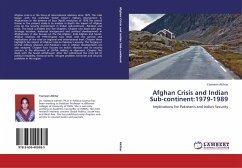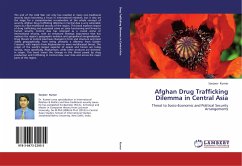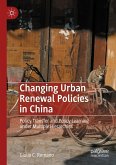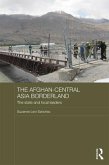Afghanistan is undergoing the most powerful wave of urbanization in its history. Cities are expanding at rapid rates due to rural-urban migration and returnees from neighboring countries. Kabul the capital is growing at a fast pace than any other city in the country, it has experienced dramatic expansion over the past decade. The population has increased by almost 10% per year and this artificial growth caused a significant increase in the number of slums in Kabul, as an unwanted consequence of this growth today informal settlements have covered about more than 69% of Kabul. The inhabitants are suffering from bad residential conditions and low quality of life. The main objective was to align the research with the Sustainable Development Goals (SDG). This book explains an Afghan model of Land Readjustment which has been applied on a part of the city with a very minimum compensation and contribution ratio. It appeared more efficient and applicable, the model has designed based on the socio-economic and cultural condition of the country which can enhance quality of life and provide better and standard urban services for the residents.








